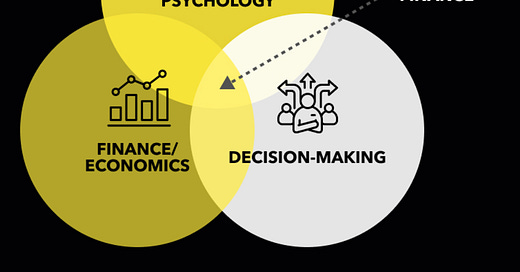Trend Following Part 4: Why Most People Can’t Stick With It
Where most systems break has nothing to do with charts.
Everyone loves the idea of riding a big winner. Few have the mindset to actually do it.
Most traders say they want to follow trends. They say they want to avoid chop, stop trying to catch bottoms, and just ride strength.
Then the trade pulls back. The trend slows. Volatility kicks in. The unrealized gains evaporate. And the flinch happens.
This is where mo…



